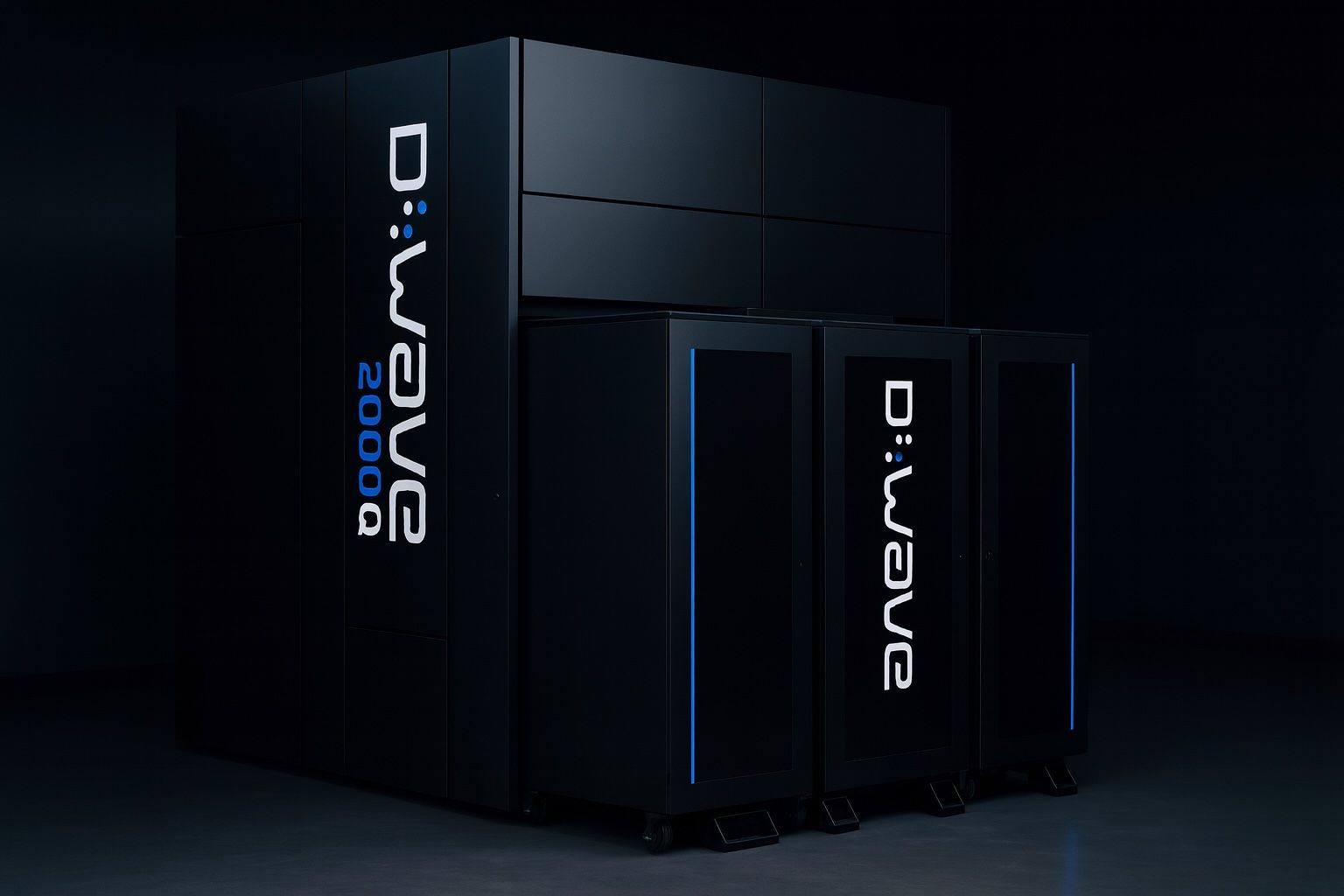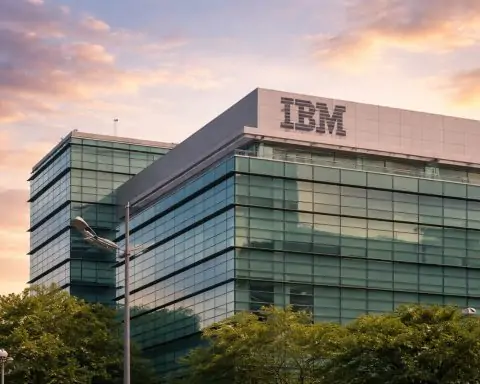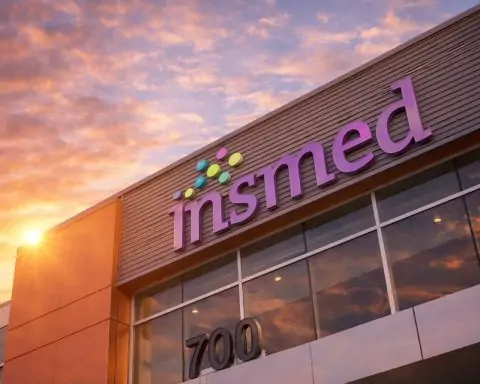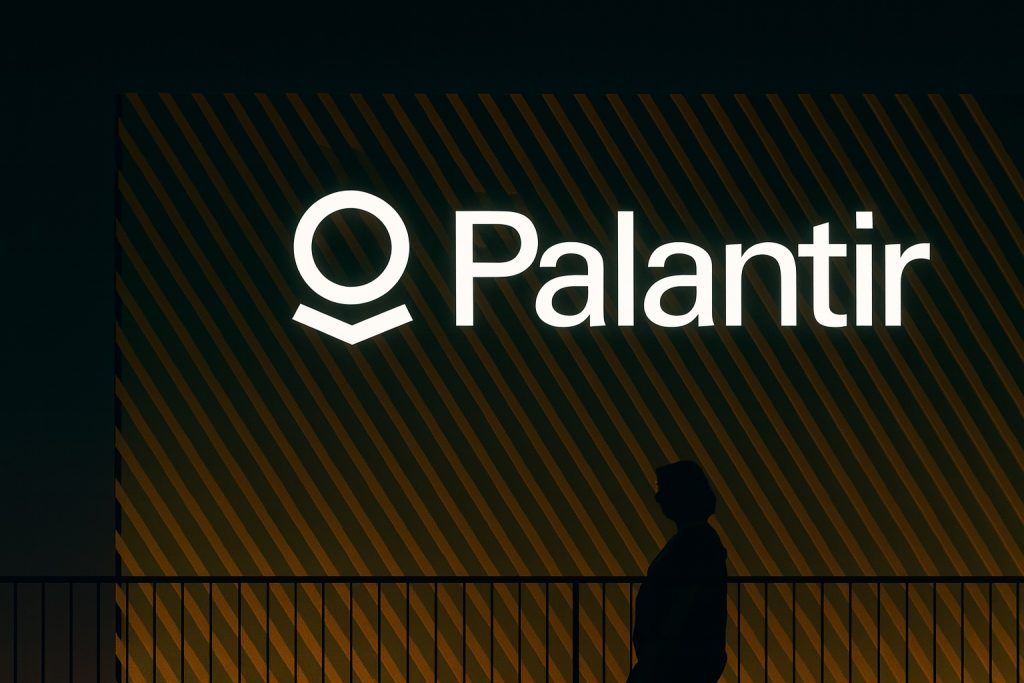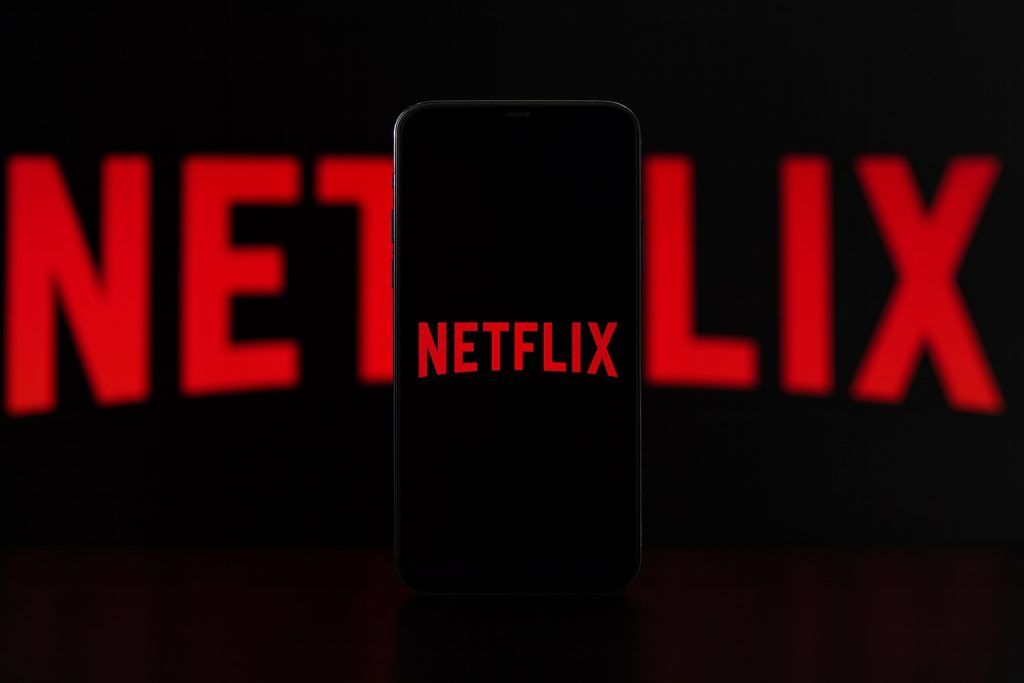- Price action: D-Wave (NYSE: QBTS) stock leapt from ~$1 a year ago to an intraday high near $46.75 on Oct 15 (a ~3,000% gain) [1]. It has since pulled back sharply – trading around $28 as of Oct 22, 2025 (a ~25% decline from mid-October highs) [2] [3]. In the past week alone (Oct.15–22), QBTS fell roughly 35% from $44.78 to ~$28 [4].
- Recent news: On Oct.15, D-Wave announced a €10 million agreement with Swiss Quantum Technology SA to deploy a 4,400+ qubit Advantage2 system in Italy (supporting the government’s new “Q-Alliance” quantum hub) [5] [6]. On Oct.22 the company announced it will host educational seminars at Italian universities to boost quantum computing training [7] [8]. Separately, on Oct.20 D-Wave said it will redeem all ~5 million outstanding public warrants at $0.01 each (if exercised by Nov.19) [9], which would issue up to ~7.2 million new shares (~2.1% dilution) [10].
- Analyst views: Wall Street is divided. Bullish analysts note Europe traction: Roth Capital just raised its 12-month target to $50 (Buy) after the Italy deal [11], and B. Riley lifted its target to $33 [12]. By contrast, many feel the stock is “overhyped”: the average price target (~$23) is below current levels [13], and Weiss/Geneva and Zacks have issued Sell ratings recently [14]. Leading voices caution that the rally is driven by speculation: CNBC’s Jim Cramer warned that quantum stocks like D-Wave could see sharp pullbacks and advised investors “not [to] be fooled” by any short-term rebounds [15].
- Sector context: Quantum computing is the hottest tech theme this year. Broader sector gains and macro tailwinds (e.g. a mid-Oct Fed rate cut and JPMorgan’s $1.5 trillion “frontier tech” fund for AI/quantum) have fueled exuberance [16]. Nvidia CEO Jensen Huang even declared quantum is nearing an “inflection point” in practical utility [17]. But skeptics note D-Wave’s sky-high valuation (~426× trailing revenue) versus meager sales (Q2 2025 revenue ~$3.1 M, net loss $167 M) [18] [19]. In short, QBTS has become a poster child for both the promise and peril of the 2025 “quantum hype cycle.”
- Competition: D-Wave’s pure-play rivals (IonQ, Rigetti) have seen similar manias. IonQ stock surged ~600–700% YTD (peaking around $75–$82 in mid-Oct) and now trades near $60 [20]. Rigetti rocketed ~50× (to ~$56) then pulled back to the mid-$40s [21]. Unlike them, D-Wave is the only company focused on quantum annealing (optimizing complex problems). Its Advantage2 machine (4,400 qubits) tackles a different niche than gate-based systems [22]. Established tech giants (IBM, Google, Microsoft) are also pursuing quantum, but none are public pure-plays. In the wider AI/compute space, Nvidia and other GPU makers dominate today’s AI boom – highlighting how nascent and speculative pure quantum hardware remains in comparison.
Stock Price & Recent Performance
D-Wave’s stock has been extraordinarily volatile. From sub-$1 in late 2024 it exploded higher in 2025, fueled by news flow and speculative trading. As of mid-October, QBTS was up ~3,000% over 12 months [23]. The rally peaked with an intraday high of ~$46.75 on Oct 15 [24], but the stock quickly gave up much of those gains. By market close on Oct 20 it was ~$34.40 [25] and slid further into the 27–28 range by Oct 22 [26] (a roughly 10–15% drop on Oct 22 alone). According to data, the stock was around $32.19 on Oct 21 (down 6.4%) and hit ~$28 by Oct 22 [27]. This sharp pullback matches what TS2 dubbed a “quantum-fueled rally” where QBTS can swing 10–20% daily [28]. Even after recent losses, QBTS is still up roughly 300% year-to-date (from ~$8–$9 at start of 2025) [29], and its peak market cap (~$10 billion) makes it one of the largest pure-quantum companies.
Recent News & Developments
Europe expansion & education: On Oct.15 D-Wave announced a landmark €10 million contract with Swiss Quantum Technology SA to install an Advantage2 annealing system in Italy [30]. The deal (unveiled at a tech forum in Como) supports Italy’s new “Q-Alliance” quantum initiative. Under the agreement D-Wave will deploy a 4,400+ qubit Advantage2, with SQT funding half its capacity for five years (option to buy the full machine) [31]. D-Wave CEO Dr. Alan Baratz hailed this as a “critical component, fueling quantum application development” in Europe [32]. A week later (Oct.22) D-Wave announced it will host hands-on seminars at Italian universities (Università dell’Insubria and Università della Svizzera Italiana) to promote annealing quantum computing [33] [34]. Baratz said as a “founding member of the Q-Alliance, D-Wave is committed to fast-tracking efforts to establish Italy as a global hub of quantum innovation,” by combining system placement with researcher training [35]. These Europe-focused initiatives highlight D-Wave’s push to move from R&D to commercial use cases overseas.
Capital structure move – warrants redemption: On Oct.20 D-Wave announced it will redeem all outstanding public warrants on Nov.19, 2025. There are about 5 million of these warrants (each entitling the holder to buy one share at $11.50), and they will expire if not exercised by the deadline [36]. The company said it will pay $0.01 per unexercised warrant after Nov.19 [37]. If holders do exercise all their warrants before then, about 7.2 million new QBTS shares would be issued (about 2.1% dilution) [38]. Management’s statement suggested this will simplify the cap table. However, some traders see the redemption as mildly dilutive; indeed, Insider Monkey reports the news helped send QBTS down about 10% on Oct.21 [39].
Other developments: D-Wave hasn’t reported major deals in North America recently, but has continued pilot projects (e.g. a UK police scheduling demo announced earlier in 2025 [40]). Market observers also note insider selling: MarketBeat reported that Baratz sold ~32,000 QBTS shares in late Oct, which contributed to a sudden decline in volume and price [41]. All of these factors – despite the Europe deal – underscore how sensitive QBTS is to each piece of news in this hype-driven market.
Analyst and Executive Perspectives
Investors and analysts are very divided on D-Wave’s prospects. On the bullish side, Roth Capital’s Suji Desilva (a known quantum specialist) raised his 12-month target from $20 to $50 (Buy) on Oct.15 [42]. In his update he cited D-Wave’s growing “commercial traction” in Europe and noted that Swiss Quantum’s contract is the first European Advantage2 system deployment [43]. Desilva said he is “encouraged” by D-Wave signing a new European customer with a pathway to a full hardware sale, and by rising demand for the 4,400-qubit Advantage2 platform [44] [45]. Similarly, B. Riley Securities analyst Craig Ellis (present at a recent Quantum World Congress) bumped his price target to $33 [46].
By contrast, other analysts urge caution. The consensus target is only in the mid-$20s – well below the current stock price – implying downside risk if momentum fades [47]. Notably, Weiss Research just reiterated a Sell rating and Zacks downgraded QBTS to Strong Sell in October [48]. Zacks specifically lowered D-Wave due to “sharp stock swings, big losses, and extraordinarily rich valuation” (their opinion, cited by MarketBeat). An IBD analyst note also warned that QBTS could drop another 10–15% from current levels if speculative fervor cools (after falling ~8% on Oct.22) [49].
Company executives highlight progress. CEO Dr. Alan Baratz has repeatedly pointed to real-world pilots as proof of concept. In discussing the Europe expansion and workshops, Baratz said D-Wave’s annealing systems will give Italy “access to D-Wave’s powerful, commercial-grade quantum technologies… to help usher in Italy’s era of quantum-fueled progress” [50]. On the Advantage2 sale, he called the SQT agreement “an important milestone in our ongoing effort to expand global access to our fleet of annealing quantum computers” [51]. These comments emphasize D-Wave’s view that its existing customers (from Volkswagen to NASA) and new contracts validate its tech’s potential.
In the broader financial media, perspectives are mixed. Motley Fool analysts note that hedge funds and billionaires (e.g. Paul Tudor Jones, Citadel’s Ken Griffin) have been accumulating QBTS, presumably chasing momentum [52]. Others, however, explicitly warn of a bubble: Mad Money host Jim Cramer recently told viewers that quantum and other “speculative” stocks like D-Wave are in a frenzy and may not “go down without a fight.” He advised caution, saying investors should be ready to “sell into” any snapback rally rather than chase it [53]. In short, experts’ quotes range from unbridled optimism about market leadership to sober reminders that current sentiment may be running ahead of fundamentals.
Market & Sector Context
D-Wave’s meteoric run cannot be separated from the wider “quantum gold rush” and tech market backdrop. This year, quantum computing stocks have seen parabolic moves as part of a speculative surge. TS2 notes that even Nvidia’s CEO Jensen Huang recently declared quantum computing to be at an “inflection point” [54] – a stark reversal after years of telling investors that practical quantum was decades away. At the same time, broader catalysts have lifted tech (and hyped sectors) across the board. In mid-October, the Fed cut interest rates and JPMorgan announced a new $1.5 trillion “Frontier Technologies” fund (to invest in AI, quantum, critical minerals etc.) [55]. These moves fueled buying in hot tech stocks, including D-Wave and its peers. For example, many of 2025’s biggest single-day winners (Bloom Energy, Oclaro, IonQ, Rigetti) are all in emerging tech, echoing what Cramer termed a “snapback” driven by speculative flows [56] [57].
However, there is growing recognition that the quantum sector is still very early-stage. Most companies in this space have negligible revenues and huge R&D costs. D-Wave’s Q2 2025 results showed only ~$3.1 M revenue (up 42% YoY) and an $167.3 M net loss [58], while the new Advantage2 deal will only contribute maybe single-digit millions per year. In this light, industry observers warn that valuations have gotten “nosebleed” high [59]. TS2 calculates that D-Wave’s market cap (~$9–10 B) is on the order of 426× trailing revenues [60]. Similarly, even after recent pullbacks, QBTS still trades at triple-digit price/sales multiples. Analysts often remind investors that without real sales, such moves are momentum-driven. As one Seeking Alpha commentator quipped, quantum high-flyers “remind us that even in futuristic tech, stocks don’t go up in a straight line forever” [61].
On the optimistic side, proponents point out that governments (US, EU, China) are pouring billions into quantum R&D, and forecasts see the industry growing from a few billion dollars in 2024 to ~$70 billion by 2035 [62]. D-Wave already has a large cash buffer ($819 M as of Q2, after a $400 M fundraising) [63], which gives it runway. If D-Wave can capitalize on its pipeline of deals, adopt its Advantage2 units on more cloud networks (e.g. AWS Leap), and slowly build a stable revenue base, bulls argue the stock’s long-term potential is huge. But for now, the stock’s 2025 performance largely reflects a high-risk bet on future tech breakthroughs rather than current profits.
Competitive Positioning
D-Wave occupies a unique niche in the quantum computing arena. It is the oldest dedicated quantum hardware company (founded 1999) and the only one publicly traded that focuses on quantum annealing [64]. Annealing is a special method for solving optimization problems; D-Wave’s Advantage2 (4,400+ qubits) machines target problems like logistics, finance and AI task scheduling. In contrast, rivals like IonQ and Rigetti build gate-model (universal) quantum computers: IonQ’s trapped-ion devices (tens of qubits) and Rigetti’s superconducting chips (similar tech to Google/IBM). Each approach has trade-offs: annealing is more mature for certain tasks, while gate-model systems aim at general-purpose quantum algorithms.
Among the main public players: IonQ (NYSE: IONQ) has partnered with Amazon and Microsoft to run its machines on the cloud, and its stock also ran up violently in 2025 [65]. Rigetti (NASDAQ: RGTI) has similar ambitions (and even an in-house chip fab) but remains pre-revenue. Quantum Computing Inc. (QUBT) is a much smaller photonic-based player that went “meme stock” last year. None of these has near-term profits yet. D-Wave’s advantage is that its annealing systems have been commercially used by customers like Volkswagen, Subaru, and North Wales Police for real optimization pilots (e.g. traffic routing, supply chain). It also hosts systems on AWS Leap and Microsoft Azure, giving it wider reach.
Compared to AI hardware, quantum firms are tiny. For perspective, Nvidia (a leading AI chipmaker) has a market cap over 100× D-Wave’s and generates >$100 B annual revenue. D-Wave’s ~$10 B cap (even at peak ~$12 B) is modest in that context. In the broader quantum landscape, big tech players (IBM, Google, Microsoft) are pursuing quantum but have not spun off public pure-play companies. D-Wave collaborates at times (it is a founding member of Europe’s Q-Alliance alongside IonQ and others [66] [67]), but it mainly competes on technology and access. Its strategy is to dominate the niche of commercial annealing. So far no other company is mass-producing that type of QPU, which gives D-Wave a temporary monopoly in annealing hardware sales.
Competitive catalysts: The success of D-Wave’s rivals is a double-edged sword. On one hand, rising quantum adoption (in academia, cloud services and government labs) validates the market as a whole. On the other, as MarketBeat notes, D-Wave now faces a “reality check” as investors demand proof of value. For example, Rigetti’s recent $5.7M Air Force contract and initial hardware sales were celebrated as breakthroughs [68], but also highlighted how small the revenues are. Similarly, D-Wave must show that its Advantage2 deployments (and new QPU development) convert into repeatable revenues. Investors will also watch how D-Wave’s annealing approach measures up as IBM and Google continually raise the stakes on gate-based “quantum advantage.”
Outlook and Forecasts
Wall Street’s estimates for D-Wave are optimistic but wide-ranging. The bullish case (Roth, B. Riley) rests on the idea that quantum computing is on the cusp of commercialization and that D-Wave’s current leadership and partnerships will pay off. If D-Wave’s systems help customers solve real problems, that could justify continued high valuations. As Roth’s analyst put it, Europe’s SQT deal “reinforces our bullish view” and paves the way for higher-value hardware sales [69] [70]. Some analysts see room for significant upside from current prices (Roth’s $50 target implies >70% upside from $28).
However, many experts warn that fundamentals must catch up. The average Street target (~$23) implies ~40% downside from today’s levels [71] [72], suggesting Wall Street as a whole expects a correction. MarketBeat observes that QBTS’s consensus target implies 41% potential decline from the Oct.20 price [73]. The main risks are straightforward: failure to meet sales expectations (e.g. if advantage deals are smaller or slower than hoped), or rotation of money out of speculative tech. The next milestone will be D-Wave’s Q3 results (due Nov.13) showing how recent contracts and cloud usage translate to revenue. If results disappoint, analysts expect the stock could retest recent lows (some have suggested a drop back toward the $20s if sentiment sours) [74].
In sum, the outlook is binary. Bears point out that D-Wave is not profitable and its stock is “trading on pure momentum” [75]. Bulls counter that the company’s $819M cash, deep R&D pipeline and first-to-market annealing systems put it in prime position for when quantum adoption accelerates [76]. The coming quarters will be critical. If D-Wave continues signing high-profile deals, winning market share in quantum cloud services, or hitting R&D milestones, analysts may ratchet up targets further (possibly into the $40–$50 range). But if tangible revenue remains tiny relative to its valuation, the stock could snap back sharply. As one commentator warned, investors should remember that such high-flying tech stocks “can be volatile and fragile without earnings to back them up” [77].
Sources: Company filings and press releases [78] [79] [80] [81]; market news (MarketBeat, Motley Fool, TS2, CantechLetter, Yahoo/BusinessWire, etc.) [82] [83] [84] [85] [86]. These include D-Wave’s announcements and expert analyses of QBTS through Oct.22, 2025.
References
1. ts2.tech, 2. ts2.tech, 3. stockanalysis.com, 4. stockanalysis.com, 5. www.dwavequantum.com, 6. www.dwavequantum.com, 7. www.dwavequantum.com, 8. www.dwavequantum.com, 9. ir.dwavesys.com, 10. ir.dwavesys.com, 11. www.cantechletter.com, 12. ts2.tech, 13. ts2.tech, 14. finviz.com, 15. www.benzinga.com, 16. ts2.tech, 17. ts2.tech, 18. ts2.tech, 19. ts2.tech, 20. ts2.tech, 21. ts2.tech, 22. ts2.tech, 23. ts2.tech, 24. ts2.tech, 25. stockanalysis.com, 26. stockanalysis.com, 27. stockanalysis.com, 28. ts2.tech, 29. ts2.tech, 30. www.dwavequantum.com, 31. www.dwavequantum.com, 32. www.dwavequantum.com, 33. www.dwavequantum.com, 34. www.dwavequantum.com, 35. www.dwavequantum.com, 36. ir.dwavesys.com, 37. ir.dwavesys.com, 38. ir.dwavesys.com, 39. www.benzinga.com, 40. ts2.tech, 41. finviz.com, 42. www.cantechletter.com, 43. www.cantechletter.com, 44. www.cantechletter.com, 45. www.cantechletter.com, 46. ts2.tech, 47. ts2.tech, 48. finviz.com, 49. www.benzinga.com, 50. www.dwavequantum.com, 51. www.dwavequantum.com, 52. finviz.com, 53. www.benzinga.com, 54. ts2.tech, 55. ts2.tech, 56. pod.wave.co, 57. www.benzinga.com, 58. ts2.tech, 59. ts2.tech, 60. ts2.tech, 61. ts2.tech, 62. ts2.tech, 63. ts2.tech, 64. ts2.tech, 65. ts2.tech, 66. www.dwavequantum.com, 67. finviz.com, 68. ts2.tech, 69. www.cantechletter.com, 70. www.cantechletter.com, 71. ts2.tech, 72. finviz.com, 73. finviz.com, 74. ts2.tech, 75. ts2.tech, 76. ts2.tech, 77. ts2.tech, 78. ir.dwavesys.com, 79. www.dwavequantum.com, 80. www.dwavequantum.com, 81. www.dwavequantum.com, 82. ts2.tech, 83. www.cantechletter.com, 84. www.benzinga.com, 85. finviz.com, 86. ts2.tech
